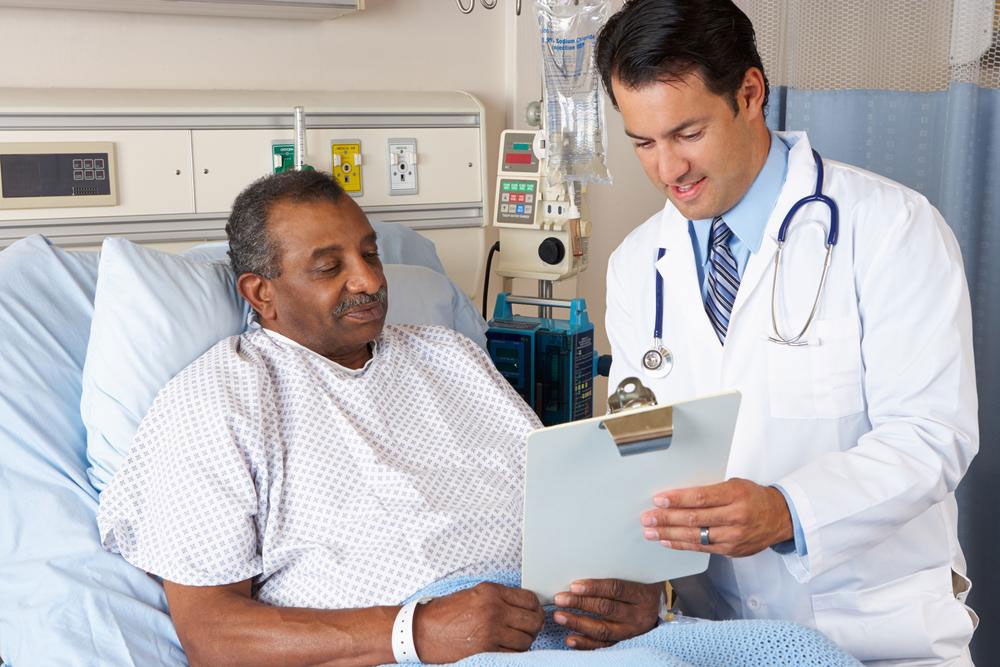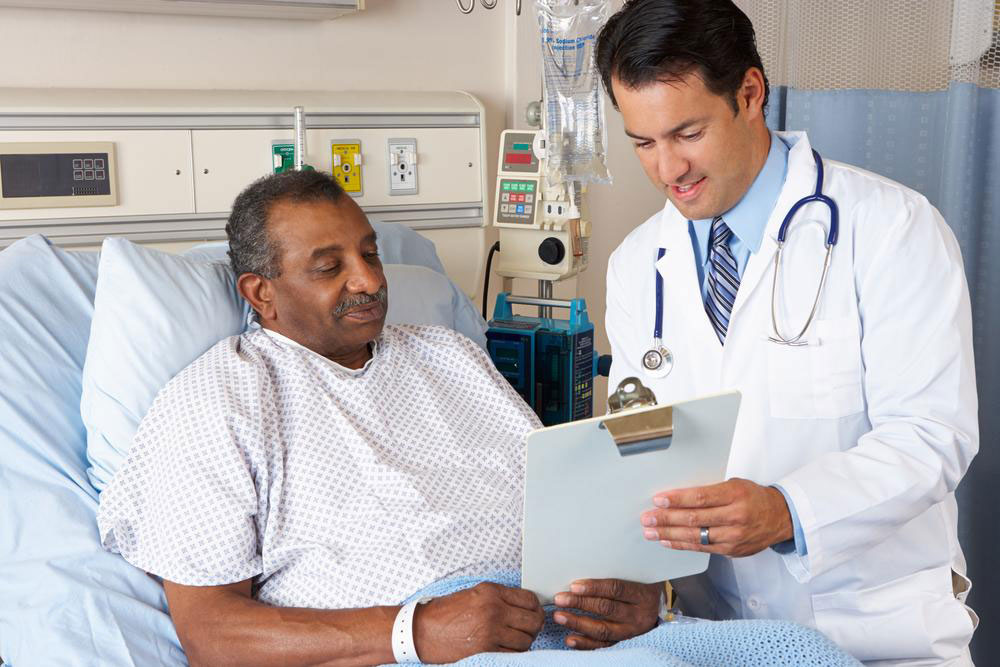Comprehensive Guide to Balanitis: Prevention, Symptoms, and Effective Treatment Options
Learn comprehensive strategies for preventing, diagnosing, and treating balanitis. This detailed guide covers symptoms, causes, medical treatments, natural remedies, and essential hygiene tips to help men manage and prevent balanitis effectively. Emphasizing early detection and proper care, it offers practical advice for maintaining optimal penile health and reducing recurrence risks.

Understanding Balanitis: Prevention, Symptoms, and Treatment Strategies
Balanitis is a common medical condition that affects many men, especially those who are uncircumcised. It is characterized by inflammation, redness, swelling, and discomfort around the head of the penis (glans). This condition, if left untreated, can lead to complications such as pain during urination, difficulty retracting the foreskin, or recurrent infections. Recognizing the symptoms early and seeking prompt medical attention are crucial steps toward effective management and recovery.
Most cases of balanitis are caused by infections—either fungal, bacterial, or due to sexually transmitted infections (STIs). However, other factors such as poor hygiene, allergic reactions to soaps or lotions, or irritation from chemical exposures can also contribute to the development of balanitis.
Understanding its causes, exploring treatment options, and adopting preventive measures can significantly reduce the risk of recurrence and improve quality of life. In this comprehensive guide, we will delve into the symptoms, causes, effective treatment strategies, natural remedies, and preventive tips to manage and prevent balanitis effectively.
Recognizing the Symptoms of Balanitis
Early detection of balanitis hinges on recognizing its symptoms. Typical signs include:
Redness or swelling of the glans or foreskin
Discharge from the penis, often smelling foul or unusual
Itching, soreness, or burning sensation around the head of the penis
Pain during urination or sexual activity
Difficulty retracting the foreskin or tightness in the foreskin (phimosis)
Presence of sores, blisters, or rash in the affected area
If you notice any of these symptoms, it is essential to seek medical advice promptly. An accurate diagnosis will guide appropriate treatment and prevent potential complications.
Causes and Risk Factors of Balanitis
Balanitis can result from a variety of causes, which can be broadly categorized as infectious or non-infectious. Understanding the underlying cause is vital for selecting the proper treatment approach.
Infectious Causes
Candidiasis (Yeast Infection): Fungal infections caused by Candida species are common culprits, especially in individuals with diabetes or compromised immune systems. They lead to itching, redness, and a thick discharge.
Bacterial Infections: Bacterial balanitis can occur due to poor hygiene or secondary infections, sometimes associated with STIs such as gonorrhea or chlamydia.
Sexually Transmitted Infections: STIs like herpes or syphilis can cause inflammation and ulceration around the glans.
Non-infectious Causes
Hygiene Issues: Poor cleaning can lead to buildup of smegma, which promotes bacterial and fungal growth.
Allergic Reactions: Reactions to soaps, lotions, detergents, or latex condoms may trigger irritation and inflammation.
Irritation from Chemical Exposure: Exposure to harsh chemicals or cleaning agents can damage sensitive skin tissues.
Trauma or Friction: Excessive rubbing or injury can cause inflammation.
Medical Conditions: Conditions like diabetes and immune suppression increase vulnerability to infections and inflammation.
Preventing balanitis involves managing these risk factors effectively through good hygiene, safe sexual practices, and regular medical check-ups.
Effective Treatment Strategies for Balanitis
Successful management of balanitis depends on identifying the root cause and applying suitable treatment. Healthcare professionals typically recommend treatments based on severity and etiology, which may include topical medications, systemic therapies, or minor surgical procedures.
Common Treatment Options
Antifungal Topical Medications: For yeast-related balanitis, antifungal creams such as clotrimazole or miconazole are prescribed. Proper application directly to the affected area is essential for effectiveness, often twice daily for a prescribed duration.
Antibiotics: Bacterial balanitis or those caused by STIs require targeted antibiotic therapy, which may be oral or topical depending on the infection.
Hygiene and Care: Gentle cleansing with water and mild, unscented soap, followed by thorough drying, can significantly improve symptoms and prevent further irritation.
Circumcision: In cases where conservative treatments fail or recurrent balanitis occurs, circumcision may be recommended. This surgical removal of the foreskin reduces the risk of future episodes and simplifies hygiene maintenance.
Other Surgical Procedures: For tight foreskin causing recurrent issues, procedures like dorsal slit surgery create an opening to relieve tightness without complete removal.
Natural and Home Remedies for Balanitis
While medical treatments are essential, some natural remedies may provide symptomatic relief and support healing. Always consult a healthcare professional before trying home remedies to ensure safety and appropriateness.
Probiotic-Rich Yogurt: Consuming yogurt with live probiotics can help restore healthy bacteria balance. Applying plain, unsweetened yogurt directly to the inflamed area may soothe irritation caused by yeast infections. To do this effectively, gently retract the foreskin, clean the area, and apply the yogurt to reduce inflammation and promote healing.
Warm Salt Baths: Soaking the affected area in warm saltwater can help reduce swelling and fight infection. Dissolve a teaspoon of salt in a bowl of warm water and soak for 10-15 minutes. Avoid rubbing or scrubbing, as this can aggravate symptoms.
Coconut Oil: This natural oil possesses antifungal and antibacterial properties thanks to lauric acid and capric acid. Applying a small amount of coconut oil multiple times daily can provide relief from itching and inflammation. Ingesting a teaspoon of coconut oil daily may also support immune health.
Tea Tree Oil: Known for its antimicrobial activity, tea tree oil can be diluted with water and used for gentle cleaning. It may help reduce microbial load on the skin, but caution must be exercised due to its potency. Always perform a patch test before widespread application, and consult a healthcare provider.
Preventive Measures to Reduce Balanitis Recurrence
Preventive strategies are vital in managing and reducing the chances of balanitis recurring. Implementing good hygiene practices and avoiding triggers can help maintain penile health over the long term.
Maintain Proper Hygiene: Clean the genital area daily using water and mild, fragrance-free soap. After washing, dry thoroughly to prevent moisture build-up, which can promote bacterial and fungal growth.
Use Condoms and Practice Safe Sex: Consistent condom use and regular STI screenings are essential to prevent infections.
Post-Sexual Activity Care: Always wash the penis after sexual intercourse, particularly if symptoms of balanitis have previously occurred.
Hand Hygiene: Wash hands thoroughly before touching or cleaning the genital area to prevent the spread of infections.
Proper Foreskin Maintenance: Retract the foreskin during urination and cleaning, then dry the area completely. Avoid forcing the foreskin back if it is tight or painful.
Avoid Chemical Irritants: Steer clear of scented soaps, lotions, and detergents that can cause allergic reactions or irritation.
Limit Contact with Allergens and Irritants: Avoid substances that trigger sensitivities, including certain spermicides, or products containing strong chemicals.
Regular Medical Check-Ups: Visit your healthcare provider regularly, especially if prone to recurrent balanitis, to monitor health status and address issues early.
By following these preventive measures, men can significantly decrease their risk of developing balanitis and ensure better penile health. Combining good hygiene practices with proper medical attention creates a robust defense against this uncomfortable condition.




